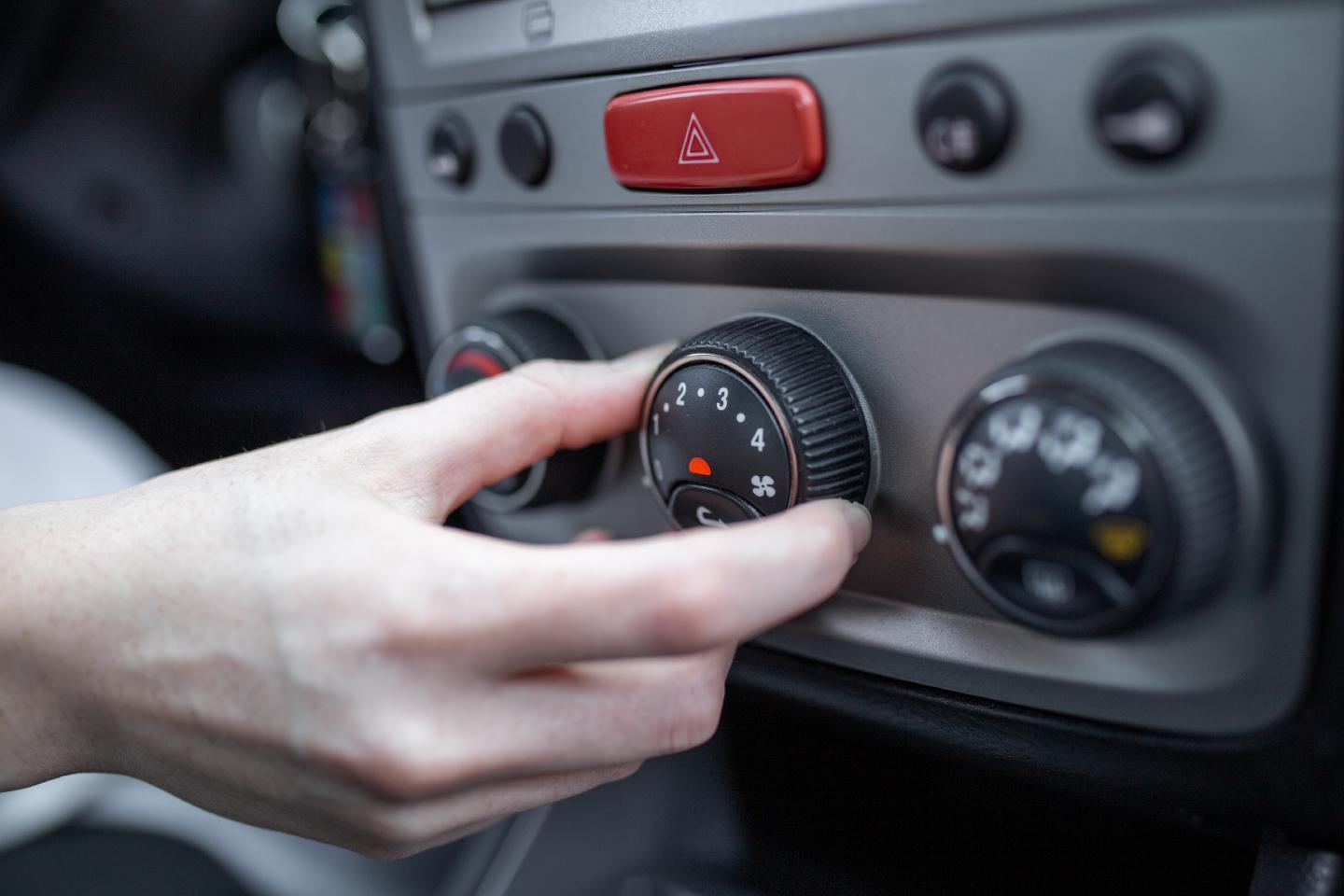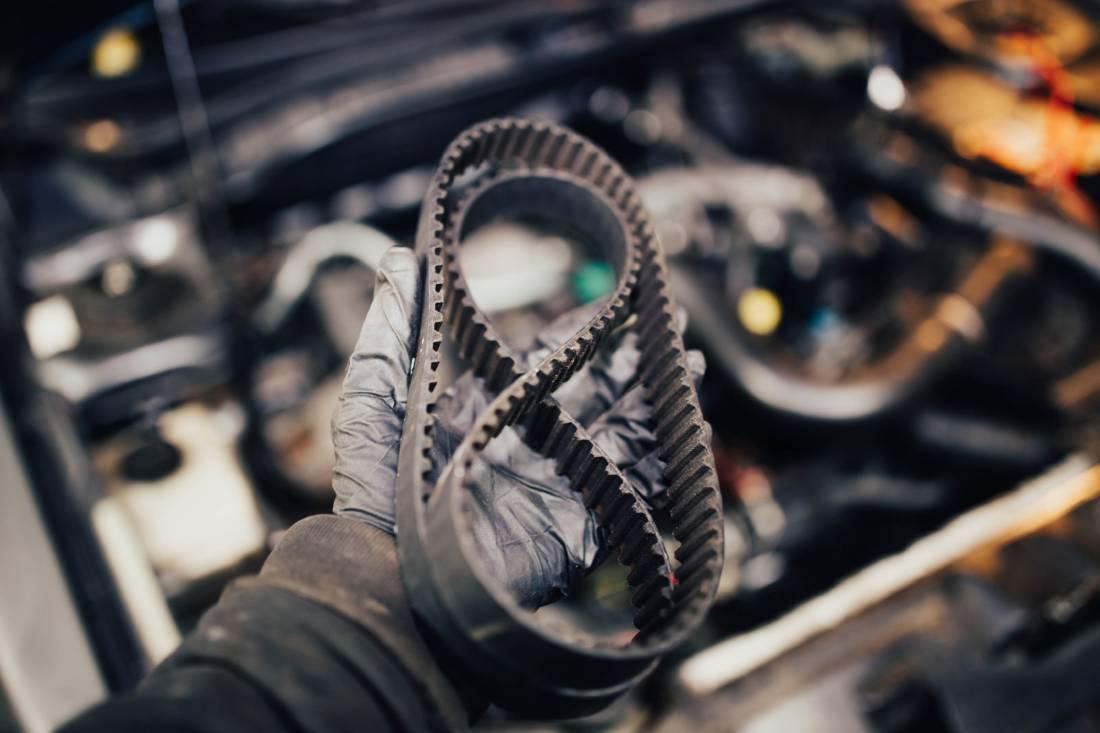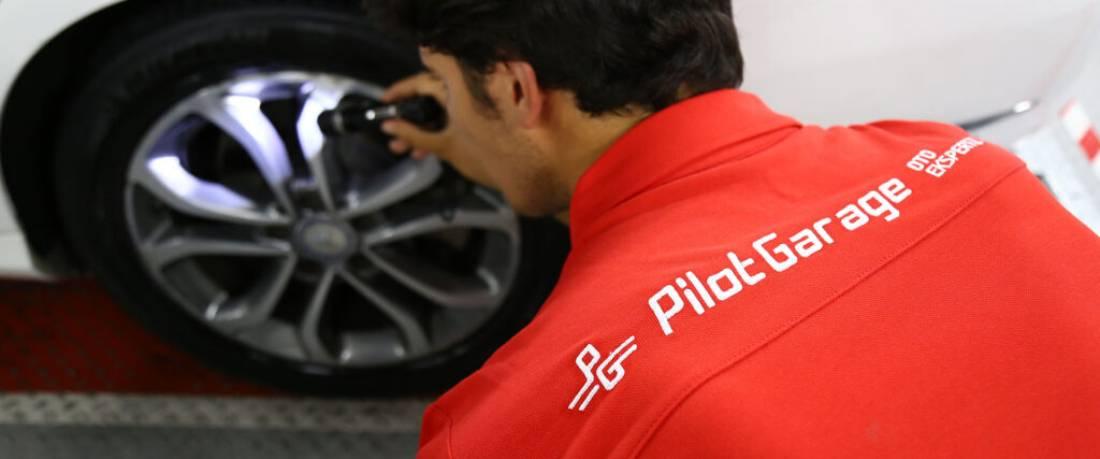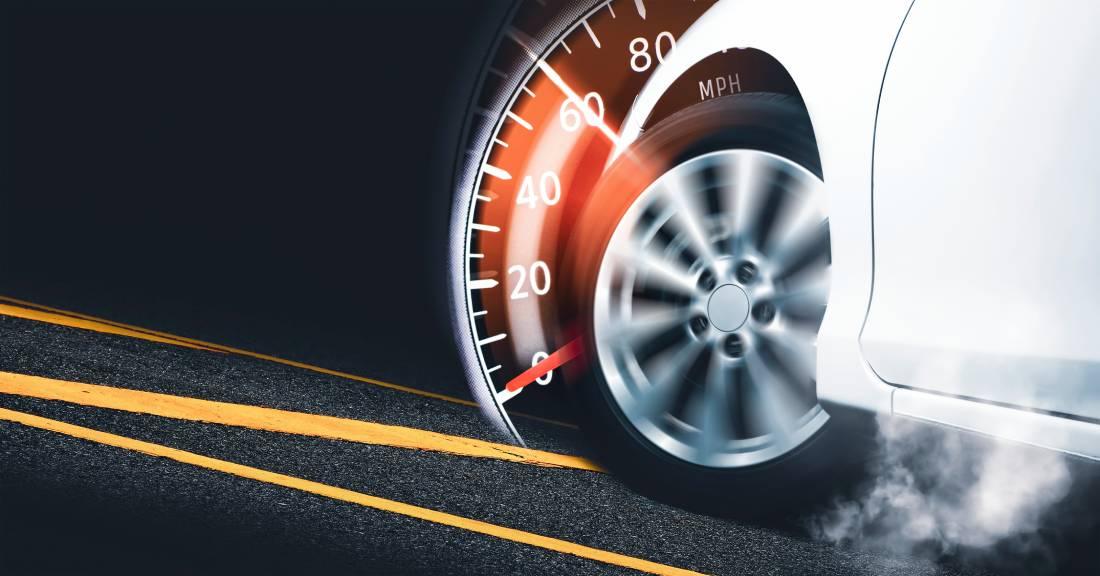
- What is Webasto?
- What is Dry Webasto?
- What is Wet Webasto?
- What does Webasto do?
- What are Webasto Types?
- Advantages of Using Webasto
- What are the Disadvantages of Webasto?
- How does Webasto work?
- Vehicles Using Webasto
- Webasto and Fuel Costs
- Common Webasto Faults and Solutions
- Frequently Asked Questions about Webasto
- How to turn on Webasto?
- How to shut down Webasto?
- How Much Fuel Does Webasto Consume in 1 Hour?
- Can Webasto be used in every vehicle?
- Does Webasto use a lot of fuel?
- Does Webasto Poison?
- Does Webasto Drain the Battery?
- How to Reset Webasto?
- How to bleed Webasto?
- What is the difference between dry and wet Webasto?
- Is Wet Webasto or Dry Webasto Better?
- Does Webasto cause odor?
Webasto is a brand used for heating and cooling systems in vehicles. It is a device that allows the interior to be heated, especially when the engine is not running. Webasto systems offer comfort to vehicle owners as well as fuel savings and an environmentally friendly alternative. Webasto, which can respond to different needs with its various models and types, enables vehicles to warm up quickly in cold weather conditions. Therefore, it has become an important auxiliary equipment for drivers.
What is Webasto?
Webasto is generally an in-vehicle heating system. This system was developed to provide engine heating or cabin heating for vehicles. Webasto works as stand-alone heaters and provides interior heating without starting the engine of the vehicle. This feature offers great convenience to drivers during the winter months. Webasto systems have the ability to work with different fuel types. They can be customized with various models and accessories according to the needs of users. Webasto is an effective solution that increases driving comfort in cold weather.
What is Dry Webasto?
Dry Webasto is known as an air heating system in vehicles. This system provides interior comfort by directly heating the air. Dry Webasto works by using a mixture of fuel and air, allowing the engine to emit exhaust gases to the outside. Providing rapid heating, especially in cold weather conditions, this system offers great comfort to vehicle owners. Dry Webasto is generally simpler to install and adapts to various vehicle types. This system is especially preferred for light commercial vehicles and vans.
What is Wet Webasto?
Wet Webasto is a system that uses engine water for heating. This type uses the hot water from the vehicle's engine to heat the interior. Wet Webasto allows both air and water to heat up, thus providing more efficient heating. It quickly increases the cabin temperature of the vehicle in cold weather, while at the same time stabilizing the engine's heat. Wet Webasto systems are generally preferred in larger vehicles and caravans. This system improves the driving experience by offering long-term warming comfort to its users.
What does Webasto do?
Webasto does many things, especially in cold weather conditions. Its main function is to keep the interior of the vehicle warm and provide comfort to drivers. Webasto stands out with its ability to heat even when the engine is not running. In this way, vehicle owners can reduce waiting time in cold weather and get on the road quickly. Webasto systems reduce costs on long journeys by saving fuel. It offers a safe driving experience by minimizing the cold weather effects that make it difficult to drive, especially in winter.
What are Webasto Types?
Webasto has several types to meet different needs. Among these, Dry Webasto and Wet Webasto are the most preferred ones.
- Dry Webasto: It is an air heating system and works by directly heating the air.
- Wet Webasto: It is a heating system that uses engine water to heat both air and water.
- Webasto Roller Shutter Systems: These types allow users to choose according to their different heating and cooling needs.
Advantages of Using Webasto
There are many advantages of using Webasto:
- Comfort: It allows the vehicle interior to warm up quickly in cold weather.
- Fuel Saving: Reduces fuel consumption as it heats without starting the engine.
- Environment Friendly: With its low emission values, it offers the opportunity to work without harming the environment.
- Different Models: Provides flexibility with different models suitable for various vehicle types.
- Long Term Heating: For these reasons, Webasto systems are preferred by many vehicle owners.
What are the Disadvantages of Webasto?
Webasto systems also have some disadvantages. Firstly, the installation cost can be high and requires professional installation. This means an additional initial expense for users. Some users complain that malfunctions can occur without regular maintenance. Also, fuel consumption can increase with continuous use, which can affect costs. If the Webasto is not used correctly, unpleasant odors and smoke can occur. These disadvantages can be minimized by careful use and regular maintenance.
How does Webasto work?
Webasto has a structure that enables off-engine operation as an independent heating system. As a working principle, it uses a mixture of fuel and air for heating. First, the Webasto device takes a certain amount of fuel from the vehicle's fuel tank. Then, this fuel is mixed with air and the combustion process is carried out. The resulting hot air is directed into the interior. In wet Webasto systems, engine water is also activated to provide more efficient heating. In this way, the vehicle interior reaches the desired temperature quickly.
Vehicles Using Webasto
Webasto systems are versatile heating solutions that can be used in various vehicle types. They are especially popular among van, commercial vehicle and caravan owners. They are frequently preferred in these vehicles to provide comfort in cold weather conditions. It is also used in individual automobiles. Drivers living in mountainous regions, especially in winter, prefer Webasto systems. While extending the engine life of vehicles, it provides a safe driving experience by warming the interior. Webasto is a practical solution that responds to different needs.
Webasto and Fuel Costs
Webasto systems can have an impact on fuel costs. By providing heating without starting the engine, they prevent excess fuel consumption. However, users need to constantly make careful adjustments. When the right heating level is selected, it is possible to save fuel. The comfort provided by Webasto enables long journeys in winter without increasing fuel costs. Most users report fuel savings thanks to Webasto. Still, each user's habits are an important factor affecting fuel costs.
Common Webasto Faults and Solutions
Malfunctions may occur from time to time in Webasto systems. One of these malfunctions is lack of heating or low heating problem. Users can solve this problem by filter cleaning or fuel control. Another common problem is that the device does not work. In this case, webasto reset should be performed and necessary controls should be provided.
- Failure to heat up: Clean the filter, check the fuel.
- Failure to operate: Perform a reset, check the electrical connections. Most malfunctions can be eliminated with these simple solutions.
Frequently Asked Questions about Webasto
Frequently asked questions about Webasto are intended to improve users' experience. These questions include how Webasto turns on and off, fuel consumption and compatibility issues. Users want to know about the features and maintenance methods of Webasto systems. Information on the correct use of the device and how to troubleshoot possible malfunctions is also very common. These frequently asked questions aim to ensure an informed use of Webasto.
How to turn on Webasto?
To switch on Webasto, the control device must first be ready. The user energizes the system by pressing the on button on the control. Then, the desired heating degree must be set. After this setting is made, Webasto starts to operate automatically. A warning light comes on to indicate that the device is running. The user can change the heating setting at any time. For Webasto to work properly, it is important to carry out periodic checks. This increases the efficiency of the system and ensures user comfort.
How to shut down Webasto?
Turning off Webasto is quite simple. Again, the process is done using the control device. The user must press the shutdown button on the control. This stops the heating system and the Webasto switches off automatically. It is important to wait until the device has completely shut down, in which case the motor will stop. The user can change the heating settings during the shutdown process. Ensuring that the Webasto shuts down properly before switching off the vehicle prevents possible malfunctions. Regular use and correct shutdown methods extend the life of the system.
How Much Fuel Does Webasto Consume in 1 Hour?
Webasto's fuel consumption varies depending on the model and settings. In general, an average Webasto consumes 0.5 to 1 liter of fuel in 1 hour. This can vary depending on the heating setting and outside weather conditions. A higher heat setting may increase fuel consumption. Users can save fuel by setting the most efficient heating level to suit their needs. Along with the comfort Webasto provides, it is important to consider fuel costs.
Can Webasto be used in every vehicle?
Webasto is a flexible system that can be used in most vehicles. However, there may be compatibility issues for some special cases and vehicle types. The vehicle must have the appropriate space and configuration for the installation of Webasto. Especially in small vehicles, installation can be difficult. Large vehicles and light commercial vehicles offer more suitable grounds for Webasto. Vehicle owners are advised to make the necessary project arrangements and obtain the appropriate materials to use the Webasto system in their vehicles.
Does Webasto use a lot of fuel?
Webasto systems do not consume much fuel under normal conditions. However, fuel consumption may increase in continuous and long-term use. Webasto's fuel consumption varies depending on the model and settings used. When short-term heating is provided with the correct settings, fuel consumption can be kept to a minimum. Users can save fuel by regularly adjusting their Webasto according to their needs. Therefore, correct usage habits are important to avoid excessive fuel consumption thanks to Webasto's design.
Does Webasto Poison?
Webasto systems do not cause poisoning when used correctly. However, without regular maintenance, combustion may not take place and this may cause odor. Users can prevent possible problems by having their Webasto checked periodically. Webasto provides safe heating with low emission values. Nevertheless, long-term use in enclosed spaces is not recommended. Especially in a non-ventilated environment, caution is required. With proper use and conscious behavior, Webasto offers a safe in-car heating solution.
Does Webasto Drain the Battery?
Webasto systems do not drain the battery when used correctly. However, electricity consumption may increase in long-term operation. In winter, especially if operated frequently, it can put pressure on the battery. Therefore, users are advised to check the battery status regularly. The electricity consumption of Webasto is lower than that of engine heating. If the vehicle owner can charge the battery by starting the engine after using Webasto, they will not experience any negative impact. Thus, Webasto systems do not cause permanent damage to the battery.
How to Reset Webasto?
Webasto reset process is applied to eliminate the malfunctions of the device. First, shutdown is performed from the control of the device. Then, the main button of the device must be pressed and held for 10 seconds. This will reset the Webasto system and clear its previous settings. After the reset, the user must make the necessary settings again. This usually fixes problems with poor performance or no start-up. Webasto's user manual contains detailed information on resetting. Users are therefore advised to follow the manual.
How to bleed Webasto?
Webasto bleeding is very important for proper operation. The user must first ensure that the system stops. After the device stops, the bleed valve must be opened. This removes air from the system and allows the compressor to work more efficiently. During the bleeding process, it is necessary to be careful and open the valve slowly. After completion, close the valve and restart the unit. Regular bleeding improves Webasto's performance and prevents possible breakdowns.
What is the difference between dry and wet Webasto?
The main difference between dry and wet Webasto systems is their operating principle. While dry Webasto only provides air heating, wet Webasto also activates engine water.
- Dry Webasto: Provides air heating and works with a mixture of fuel and air.
- Wet Webasto: Heats using engine water, providing more efficient results by heating both air and water. While dry Webasto offers faster air heating, wet Webasto provides long-term heating comfort. Users can choose one of these two systems according to their needs.
Is Wet Webasto or Dry Webasto Better?
Which Webasto system is better depends on user needs. Dry Webasto is ideal for short-term use as it provides fast heating. Wet Webasto, on the other hand, offers longer and more efficient heating, stabilizing the engine's temperature, especially in cold weather. Car owners may prefer wet Webasto if they frequently make long journeys. However, for urban use and short distances, dry Webasto may be sufficient. Both systems have their advantages and the choice should be based on user expectations.
Does Webasto cause odor?
Webasto systems do not cause odors when used correctly. However, if the filters are dirty or the fuel quality is low, unwanted odors may occur. Users can prevent these problems with regular maintenance and cleaning. Using high quality fuel minimizes odor problems. If odor persists, users are advised to have their Webasto checked. With proper use and maintenance, Webasto offers a safe and comfortable heating experience.





